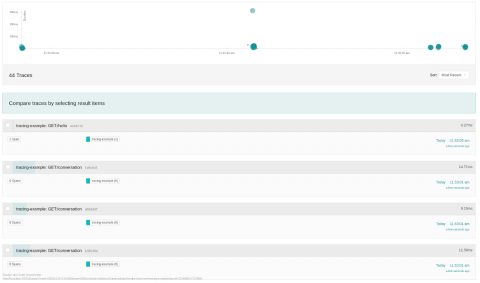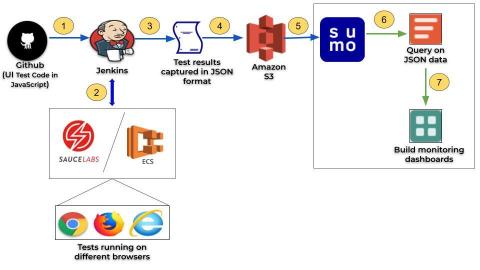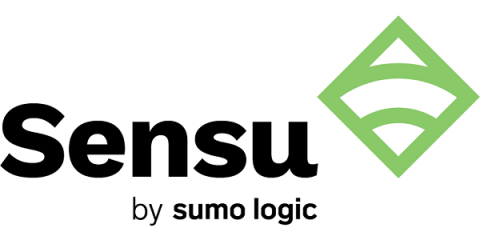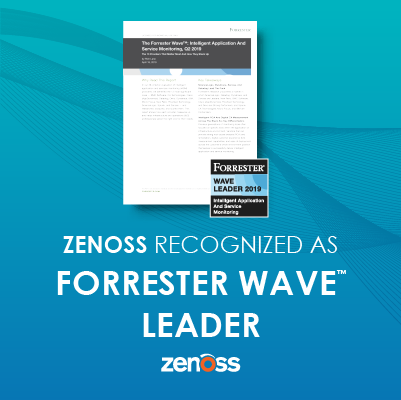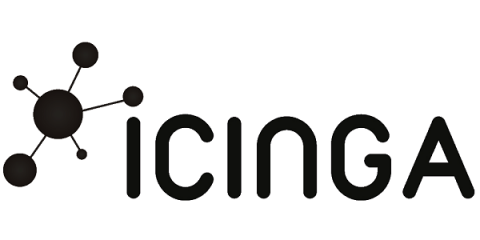Operations | Monitoring | ITSM | DevOps | Cloud
Latest News
MicroProfile-OpenTracing with Supersonic Subatomic Quarkus
In this article we will demonstrate some of the tracing features of the MicroProfile-OpenTracing project while evaluating performance of new Java runtime Quarkus. You will also learn how a Java application can be compiled to native code for supersonic performance!
451 Research and IDC Call Out OpsRamp's Innovations for Service-Centric AIOps and Hybrid Cloud Management
The second quarter of 2019 started with a bang for OpsRamp, with recognition from two independent analyst firms, 451 Research and IDC. Three recent analyst reports highlighted OpsRamp’s modern digital and IT operations management platform for dynamic performance insights and maximum visibility.
From SRE to QE - Full Visibility for the Modern Application in both Production and Development
Site reliability engineers (SREs) rely on monitoring and analytics tools like Sumo Logic to guarantee uptime and performance of their applications and various components or services in production. The ability to visually monitor, automatically generate alerts and efficiently troubleshoot an issue in real time has become table stakes for any modern SRE team.
Monitoring Kubernetes + Docker, part 3: Sensu + Prometheus
In part 1 of this series, we discuss the rise of Kubernetes and Docker for containerization and container orchestration. I also shared some of the challenges these new technologies present and what sources of data we use to monitor Kubernetes. Part 2 dives into collecting Kubernetes data with Prometheus, plus the pros and cons of that approach. As promised in the conclusion of that post, I’ll address those cons — showing how Sensu and Prometheus form a complementary solution.
Next Time You Configure or Update Your Network Interfaces Use This Checklist
Uptime Monitoring: What Should Your Business Be Looking For?
How often does your website crash? According to recent research by Hosting Facts, the average website is down three hours per month due to web hosting service issues. But hosting issues aren’t the only reason websites crash.
Introducing the Sentry Integration Platform
Since Sentry started, people have been asking us to build integrations for their favorite services. We get it — developer tools are always better when they work together. As Socrates said, teamwork makes the dream work. We like to help out, and that’s why today we’re launching the Sentry Integration Platform. Now you have the power to build the kind of integrations you want to see in Sentry. No need to wait around for us to do it.
Zenoss Recognized as a Leader in Forrester Wave: IASM
Monitoring Automation with Icinga - The Director
I’m not going to list all benefits of automating your monitoring system. If you’re here and reading this, you are most likely very aware that maintaining a large infrastructure is a big challenge. Automating the monitoring process for a huge amount of servers, virtual machines, applications, services, private and public clouds was a main driver for us when we decided to build Icinga 2. In fact, monitoring large environments is not a new demand for us at all.



